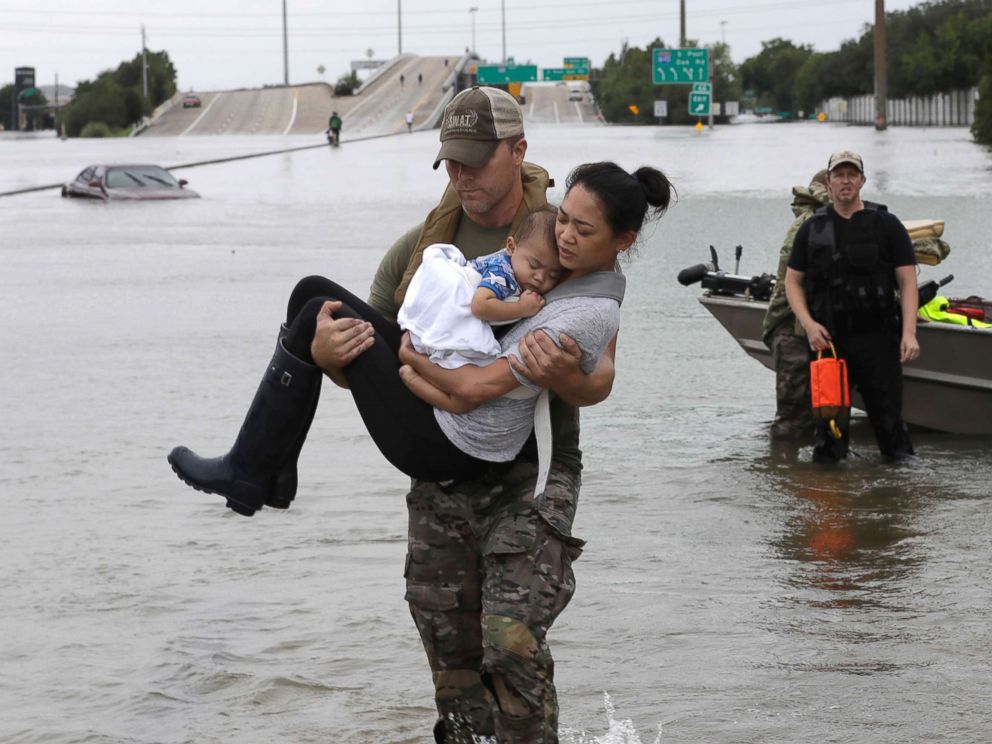Gas prices continue to rise in the continental United States this week as a reaction to Hurricanes Harvey and Irma.
Retail gas prices surged an average of 30 cents the week of Tuesday, Sept. 5, the largest gain since 2011. On Monday, Sept. 11, it was determined that gas prices had risen again, at a national average of 25 cents.
According to GasBuddy, a Boston-based tech company that creates websites and apps that find local gas prices, this is the most rapid price increase since the aftermath of Hurricane Katrina in 2005.
The majority of price hikes are due to a substantial decline in refinery manufacturing. According to an AAA press-release, about one quarter of the Gulf Coast’s oil refining capacity has been taken offline. Oil Price Information Service (OPIS), estimates the loss to be 2.5 million barrels per day.
Hurricane Harvey also caused an additional eight refineries in Texas to shutdown, said AAA. Initial shutdowns began prior to Harvey’s landfall. Despite preparation, several refineries plan to reevaluate infrastructure before reopening. On Sunday, Valero reported that refineries in Corpus Christi and Three Rivers, Texas, sustained “substantial refinery impacts” and that the company will determine when both will reopen at a later date.
According to AAA, an in-depth understanding of the overall damage is still unknown.
“Despite the country’s overall oil and gasoline inventories being at or above five-year highs, until there is a clear picture of damage and an idea when refineries can return to full operational status, gas prices will continue to rise,” said Jeanette Casselano, AAA’s director of public relations.
Magellan Midstream Partners suspended all inbound and outbound refined products and crude transportation services on pipeline systems in the Houston area. However, the Gulf Coast pipeline, privately owned by Colonial Pipeline, continues to deliver gasoline from Houston to the Mid-Atlantic region.
The Environmental Protection Agency (EPA), announced last weekend that it will waive environmental standards on gasoline for select counties in Texas to help alleviate the potential shortage of supply.
Despite destruction in the Caribbean and subsequent landfall in the southeastern United States, Hurricane Irma has had less of an effect on the oil market. AAA reports that on Monday Sept. 11, the national gas average has held steady at $2.67 for five days, just three cents higher than prices after Harvey.
The gas shortages are not expected to increase nationally after Irma, as the area of destruction is less centralized to the majority of oil refineries in the Southern United States. However, some areas in Florida and Georgia may suffer due to local power outages and debris preventing the transfer of gasoline, said Casselano.
To alleviate local production issues, the U.S. Department of Homeland Security approved a Jones Act waiver. The seven-day waiver will allow vessels from foreign countries to bring in fuel to assist response and recovery efforts.
Both Florida and Georgia had the largest increases by state average, both increasing by 7 cents. New York also placed in the nation’s highest weekly increases, with a state average of 5 cents per gallon.
Despite price fluctuation, some students haven’t felt the pain at the pump, Joseph Gould, a senior environmental studies major said.
“I haven’t driven too much since coming back to school but I [probably] wouldn’t have noticed unless the price rose dramatically,” said Gould. “Gas is already a lot more expensive in New York than it is elsewhere.”
Gould also thinks that regardless of gas price, students could be more conscientious of their carbon footprint.
“I do believe students here at Bona’s could make more of an effort to walk or bike to campus,” he said. “I don’t think is necessary to drive from garden’s and townhouses to campus — especially during fall when the weather is beautiful. Walking is not only better for the environment, but it will save you money on gas and is a little bit of exercise before class.”
rootcm14@bonaventure.edu







